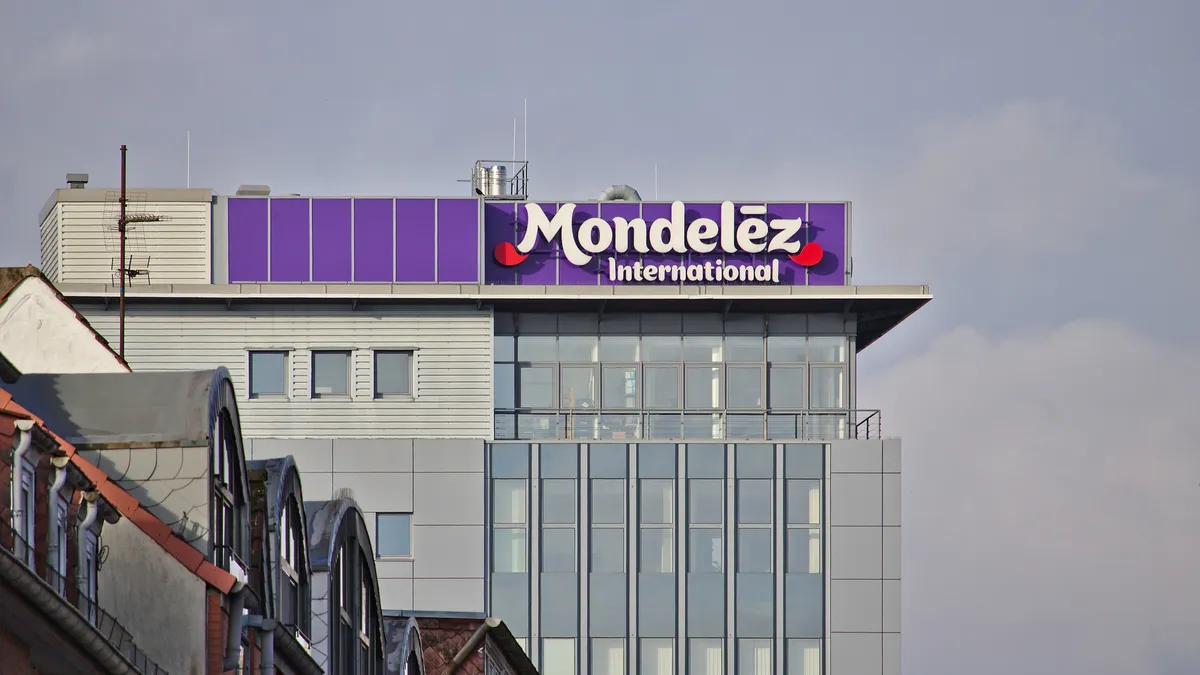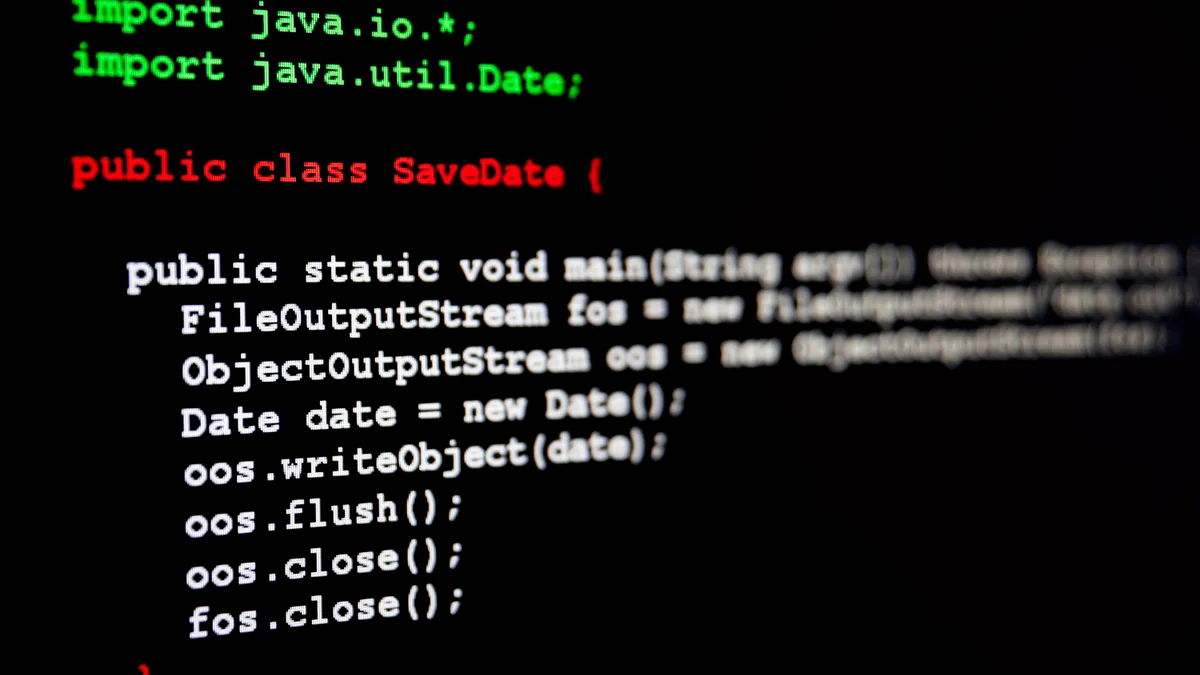Dive Brief:
- Software developers are weighed down by sprawling estates of interconnected enterprise applications, according to an Onymos report published Tuesday. Enterprise Strategy Group surveyed 300 IT leaders on behalf of the software company.
- More than three-quarters of leaders said they’ve seen application update workloads increase in the last year. Over half of respondents pointed to daily maintenance and operations as their most time-consuming tasks.
- “SaaS is supposed to simplify software development, but SaaS sprawl complicates it,” Onymos CEO Shiva Nathan said in an email. “If your app or service relies on a dozen different SaaS integrations, you have to manage all of those interdependencies and continuously test them.”
Dive Insight:
Application maintenance is vital drudge work. Enterprises that overlook the mundane toil of keeping software systems updated risk costly outages, security breaches and, over time, the steady accumulation of technical debt.
The problem cuts into the bottom line, exposes IT vulnerabilities and slows daily operations, Onymos found.
More than half of respondents cited higher operational costs tied to software issues and 45% pointed toward increased security risks. Nearly one-quarter expressed application performance frustrations.
“We reached the tipping point with SaaS a few years ago and we're accelerating down the other side of the curve,” Nathan said. “SaaS usage not only has diminishing returns on efficiency but, if you're using too much of it, you start to become inefficient — and we’re using more SaaS than ever.”
In some cases, enterprises have few options, as major vendors with best-in-class ERP and CRM solutions shift from on-prem licensing to cloud-based software services.
The shift to cloud can deliver frictionless updates and built-in security. But outsourcing critical processes poses risks, too.
When security services provider CrowdStrike sent out an automated update in July, millions of Windows-based systems crashed globally, disrupting businesses and stressing IT response teams. The event was a wake-up call for customers and a call to arms for tech professionals.
“The CrowdStrike incident is forcing companies to acknowledge — very publicly and dramatically — the problem with the existing SaaS model altogether, where critical systems are being casually outsourced to third parties,” Nathan said.
The event drove impacted companies to reassess software maintenance processes, increasing workloads for engineering teams. But time spent keeping applications up and running was already on the rise, according to Nathan.
“When we’re talking about the workloads around software updates and maintenance increasing in general, that has much less to do with CrowdStrike,” Nathan said. “Those workloads are increasing because of SaaS itself.”
Disclosure: Informa TechTarget, the owner of CIO Dive, also owns Enterprise Strategy Group. Informa TechTarget has no influence over CIO Dive's coverage.













